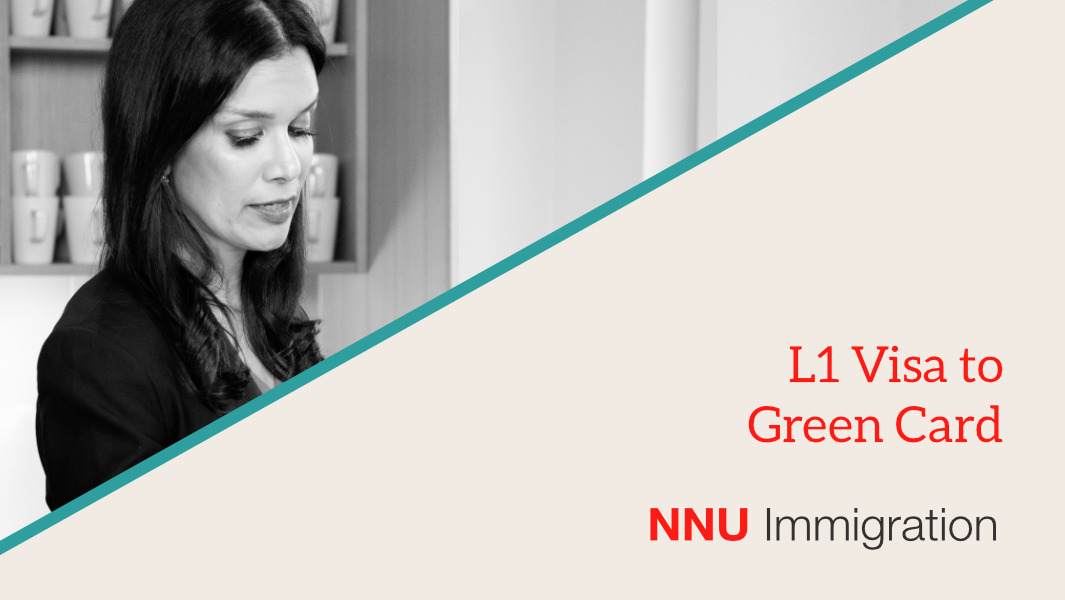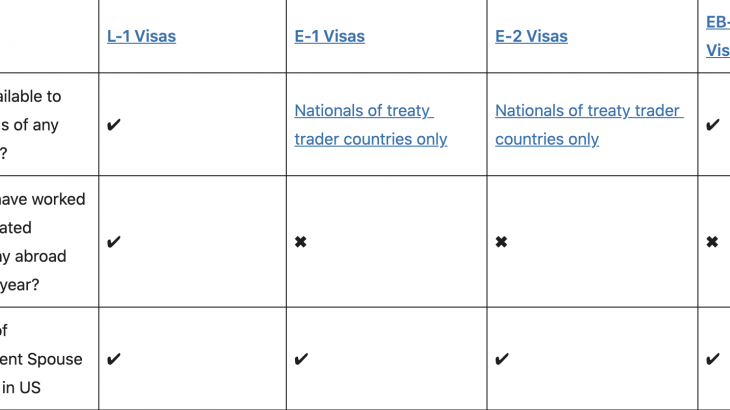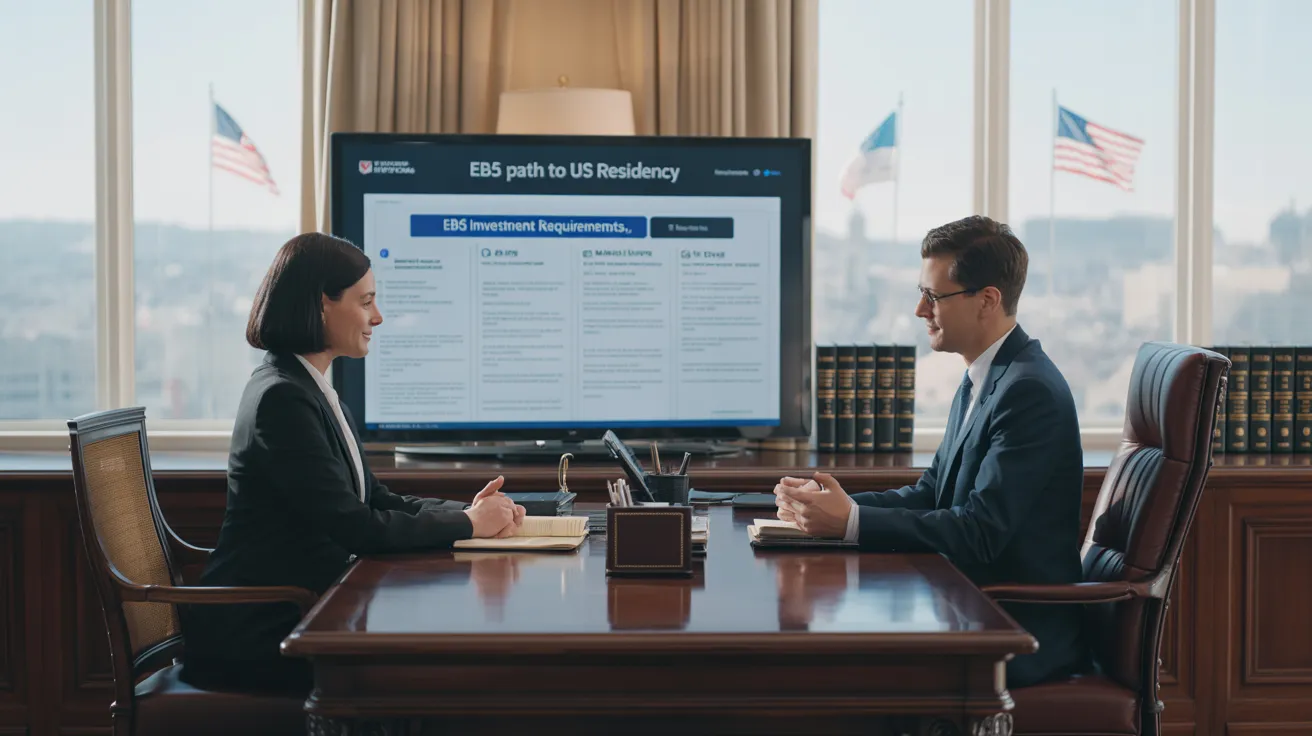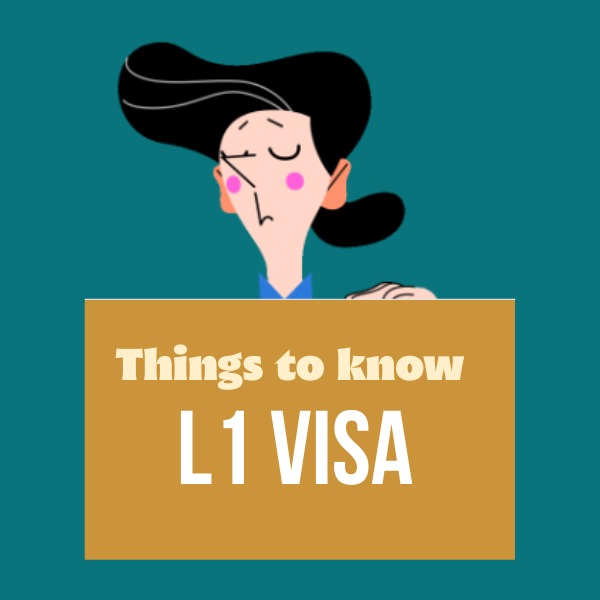The Best Strategy To Use For L1 Visa
Table of ContentsGet This Report about L1 VisaWhat Does L1 Visa Do?The Buzz on L1 VisaL1 Visa for BeginnersThe Ultimate Guide To L1 VisaThe Main Principles Of L1 Visa
Available from ProQuest Dissertations & Theses Worldwide; Social Scientific Research Premium Collection. (2074816399). (PDF). Congress. (PDF). DHS Workplace of the Inspector General. (PDF). (PDF). "Nonimmigrant Visa Data". Retrieved 2023-03-26. Department of Homeland Protection Workplace of the Inspector General, "Review of Susceptabilities and Possible Misuses of the L-1 Visa Program," "A Mainframe-Size Visa Technicality".
United State Division of State. Gotten 2023-02-08. Tamen, Joan Fleischer (August 10, 2013).
Facts About L1 Visa Uncovered
In order to be eligible for the L-1 visa, the foreign business abroad where the Recipient was used and the united state company should have a certifying connection at the time of the transfer. The various sorts of qualifying connections are: 1. Parent-Subsidiary: The Parent suggests a firm, corporation, or various other legal entity which has subsidiaries that it owns and manages."Subsidiary" implies a firm, company, or various other legal entity of which a parent has, straight or indirectly, greater than 50% of the entity, OR has less than 50% but has monitoring control of the entity.
Company A possesses 100% of the shares of Firm B.Company A is the Parent and Business B is a subsidiary. There is a qualifying connection in between the two companies and Firm B must be able to fund the Recipient.
Instance 2: Firm A is integrated in the united state and desires to petition the Recipient. Business B is included in Indonesia and uses the Recipient. Company An owns 40% of Business B. The continuing to be 60% is had and controlled by Business C, which has no relationship to Firm A.Since Company A and B do not have a parent-subsidiary relationship, Firm A can not fund the Recipient for L-1.
Instance 3: Firm A is included in the united state and wishes to request the Beneficiary. Business B is included in Indonesia and utilizes the Recipient. Firm A has 40% of Business B. The remaining 60% is had by Firm C, which has no relationship to Company A. Nonetheless, Firm A, by formal agreement, controls and full handles Firm B.Since Company A possesses less than 50% of Company B however manages and manages the business, there is a certifying parent-subsidiary connection and Company A can fund the Recipient L1 Visa guide for L-1.
Unknown Facts About L1 Visa
Business B is incorporated in the U.S.
Get This Report on L1 Visa

The L-1 visa is an employment-based visa category established by Congress in 1970, allowing multinational business to move their managers, execs, or essential workers to their U.S. operations. It is commonly referred to as the intracompany transferee visa. There are two main types of L-1 visas: L-1A and L-1B. These kinds appropriate for employees employed in different placements within a firm.

In addition, the beneficiary has to have operated in a managerial, executive, or specialized worker placement for one year within the three years preceding the L-1A application in the international business. For new workplace applications, international employment needs to have been in a managerial or executive ability if the beneficiary is coming to the USA to work as a manager or exec.
Get This Report on L1 Visa

If provided for an U.S. business operational for greater than one year, the first L-1B visa is for approximately 3 years and can be expanded for an additional two years (L1 Visa). On the other hand, if the U.S. company is recently developed or has been functional for less than one year, the initial L-1B visa is provided for one year, with expansions available in two-year increments
The L-1 visa is an employment-based visa category established by Congress in 1970, enabling international companies to move their supervisors, executives, or crucial employees to their United state operations. It is generally referred to as the intracompany transferee visa.
About L1 Visa
In addition, the recipient should have functioned in a managerial, executive, or specialized staff member placement for one L1 Visa process year within the 3 years coming before the L-1A application in the international firm. For new office applications, international work needs to have remained in a managerial or executive capacity if the beneficiary is pertaining to the USA to work as a manager or exec.
for approximately seven years to supervise the procedures of the U.S. affiliate as an executive or supervisor. If issued for a united state firm that has actually been functional for more than one year, the L-1A visa is originally given for as much as three years and can be extended in two-year increments.
If approved for an U.S. firm functional for more than one year, the preliminary L-1B visa is for as much as 3 years and can be expanded for an additional two years. Conversely, if the united state firm is newly developed or has been operational for much less than one year, the preliminary L-1B visa is issued for one year, with extensions offered in two-year increments.